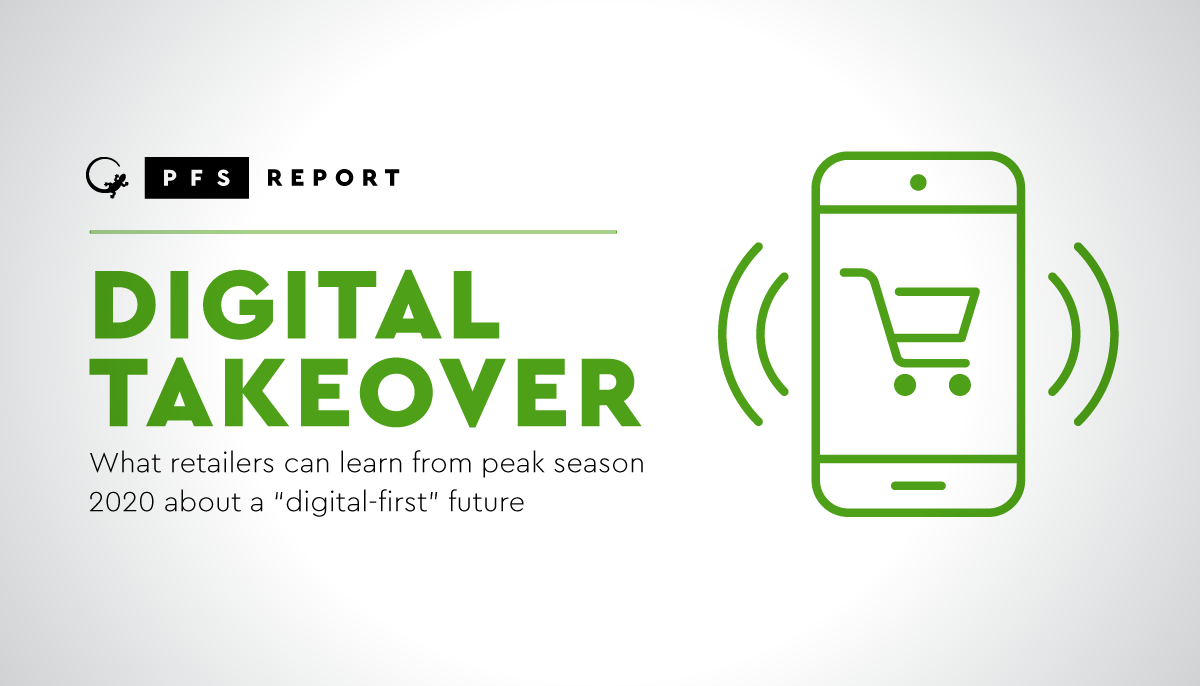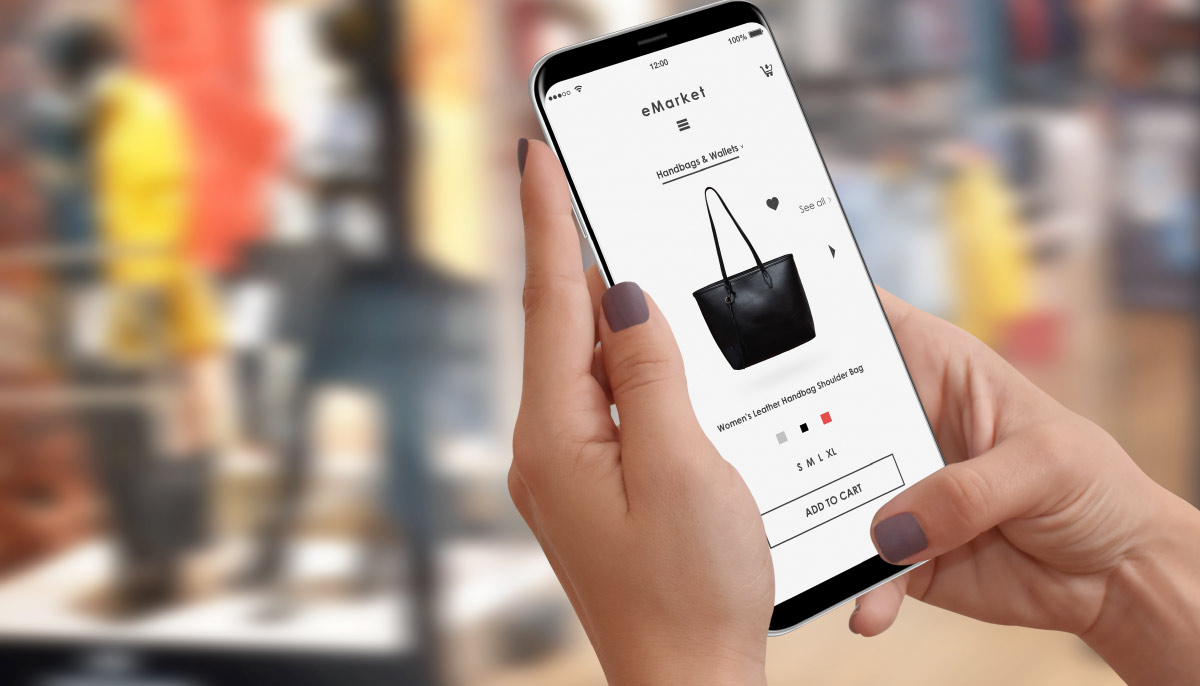
Fulfilling the Promise of Omnichannel Retail: New Seasonal Study Details How Retailers Can Win in a Digital-First Future
Coming after a year of economic contraction and retail disruption, the peak holiday shopping season of 2020 threatened to be brutal on retailers. Perennial challenges like staffing were compounded by the COVID-19 pandemic. The shift to online shopping looked to favor the digital pure-plays at the expense of brick-and-mortar stores, even those with online capabilities.
What’s more, the special circumstances of the pandemic highlighted the need for more store fulfillment options requiring minimal contact, options like BOPIS (buy online, pick up in-store) and curbside pick up. These represented new and unfamiliar operations for many retailers.
A More Fulfilling Season
Fortunately, many retailers saw year-over-year eCommerce sales increase during peak 2020. According to a study conducted by Arlington Research, an international research firm, in partnership with PFS, 50% of retailers surveyed saw sales increase, with 33% of respondents reporting flat sales volume – a positive outcome relative to expectations.
Of those who saw increases, those gains were generally in the range of 20-39%, regardless of the category of goods sold. Retailers of luxury goods stood out, with half reporting revenue growth between 40% and 200%, making them the highest performing category in terms of revenue growth.
Going beneath the surface, the data suggests that some retailers might have done even better with greater fulfillment capabilities. While virtually all had geared up for peak 2020 in one way or another, 53% felt they didn’t have the budget or staff to make the necessary operational changes.
Investments That Mattered the Most
Despite what investments they did make in expanded fulfillment capabilities, with the season in full swing, the greatest challenges were curbside pick up, BOPIS and having adequate staff. Other fulfillment capabilities like ship-from-store and pop-up distribution were also problem areas. The fact that this was driven by customers’ “digital-first” shopping behaviors was underscored by 29% reporting the need for additional online customer service being among the main challenges.
Nonetheless, 34% of those who saw their sales increase had invested in BOPIS, 31% had invested in curbside pick up and 26% had invested in extra fulfillment capacity. These were the greatest areas of pre-season investment for the retailers who enjoyed increased sales.
The relationship between “digital-first” sales performance and fulfillment capabilities may not be immediately obvious. But when the shopping experience moves online, fulfillment options can influence purchase behavior. In the new retail paradigm, shopping, transacting and fulfilling all become elements of a unified experience. If one of those elements is missing— like the promise of in-store pick up — it can impact the entire flow, even resulting in a lost sale.
Investments in omnichannel fulfillment did more than contribute to retailers’ ability to execute these capabilities. There was clearly a correlation between the ability to attract and close increased sales.
Power in Outsourcing
Another striking insight from the study was the difficulties retailers faced relative to their annual sales. About 30% of retailers at both the top and bottom of the range studied ($10->50M) faced critical issues like technology failures, fulfillment challenges or lack of inventory. The larger merchants ($30-50M) struggled the least. But as many as 60% of those respondents with annual volume of $20-30M encountered these challenges at the highest rate. This suggests that these businesses do not have the existing infrastructure or operational expertise required to run omnichannel operations on their own.
Regardless of size, 49% of retailers surveyed chose to outsource some or all of their omnichannel operations in 2020. As a result, they experienced fewer issues across the board. It appears that, regardless of what motivated them to outsource certain functions, the strategic effect was to free their in-house resources.
What’s more, outsourcing is not seen as a stop-gap measure. When asked about their investment priorities for 2021, 54% of respondents plan to outsource their alternative fulfillment to help get merchandise into customers’ hands in the way they prefer.
Bracing for Holidays to Come
As more customers continue their shopping and buying journeys online—instead of walking through the front doors of a store—omnichannel retailers must offer more options to fulfill those transactions. The right technology can help, but there are also operational considerations at every step, with implications for store layouts, staffing, training and more.
In the end, it’s all about the customer experience. Peak season is the perfect stress test of how well customers feel they’re being served. But it’s the worst time for retailer to identify gaps in their capabilities.
Omnichannel operations are the future of brick-and-mortar and DTC retail. As Forrester reports, eCommerce will drive two-thirds of retail growth by 2023. Bain research shows US retail eCommerce penetration will grow to nearly 30% of total sales by 2025. Peak season 2020 bore these forecasts out in spades. The lessons from this study will be crucial to the long-term success of omnichannel retailers.
And peak season 2021 will be here before you know it.


